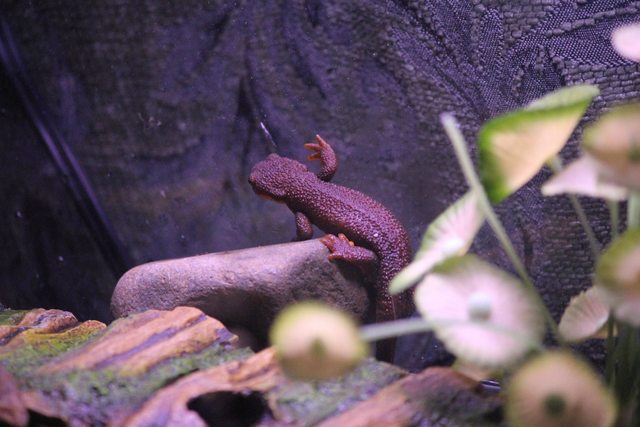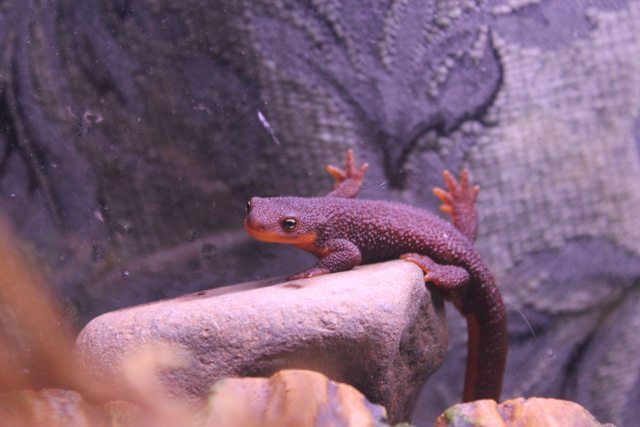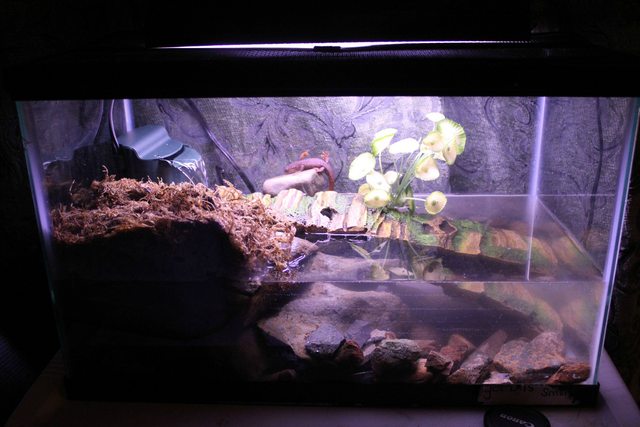Jennie
New Member
- Messages
- 119
- Location
- North Bend, Washington
Well I came home and found this little guy in a bucket outside my door which I later found out my dad had dropped off for me...
All I know is that he's either a newt or a salamander. I looked up a few care sheets. I really don't know much about them...Am I able to keep the little guy at all or should I let him go? I really have no clue where my dad even found him!
Right now I have him in a spare 5.5gal tank 1/2 land - 1/2 water (about 2" deep). I tossed in a few mini mealies which I assume he ate.
Any info or suggestions would be appreciated! Either way...SUPER CUTE!
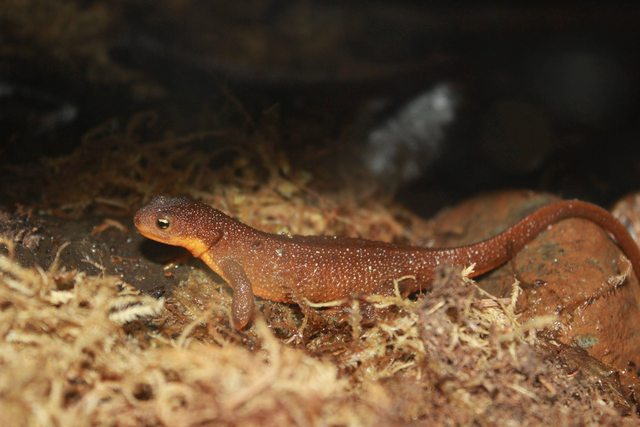


Temporary Setup until I get more info
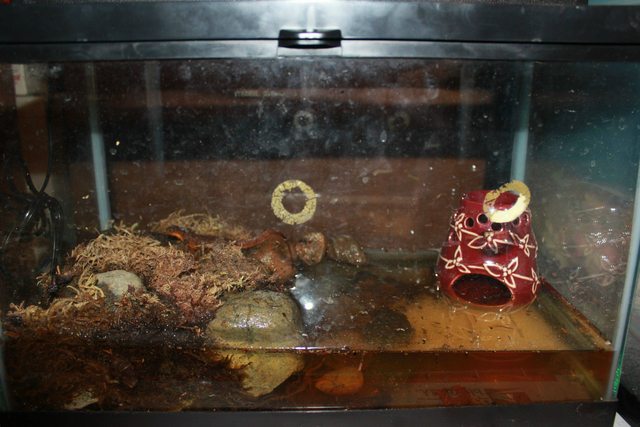
All I know is that he's either a newt or a salamander. I looked up a few care sheets. I really don't know much about them...Am I able to keep the little guy at all or should I let him go? I really have no clue where my dad even found him!
Right now I have him in a spare 5.5gal tank 1/2 land - 1/2 water (about 2" deep). I tossed in a few mini mealies which I assume he ate.
Any info or suggestions would be appreciated! Either way...SUPER CUTE!



Temporary Setup until I get more info



